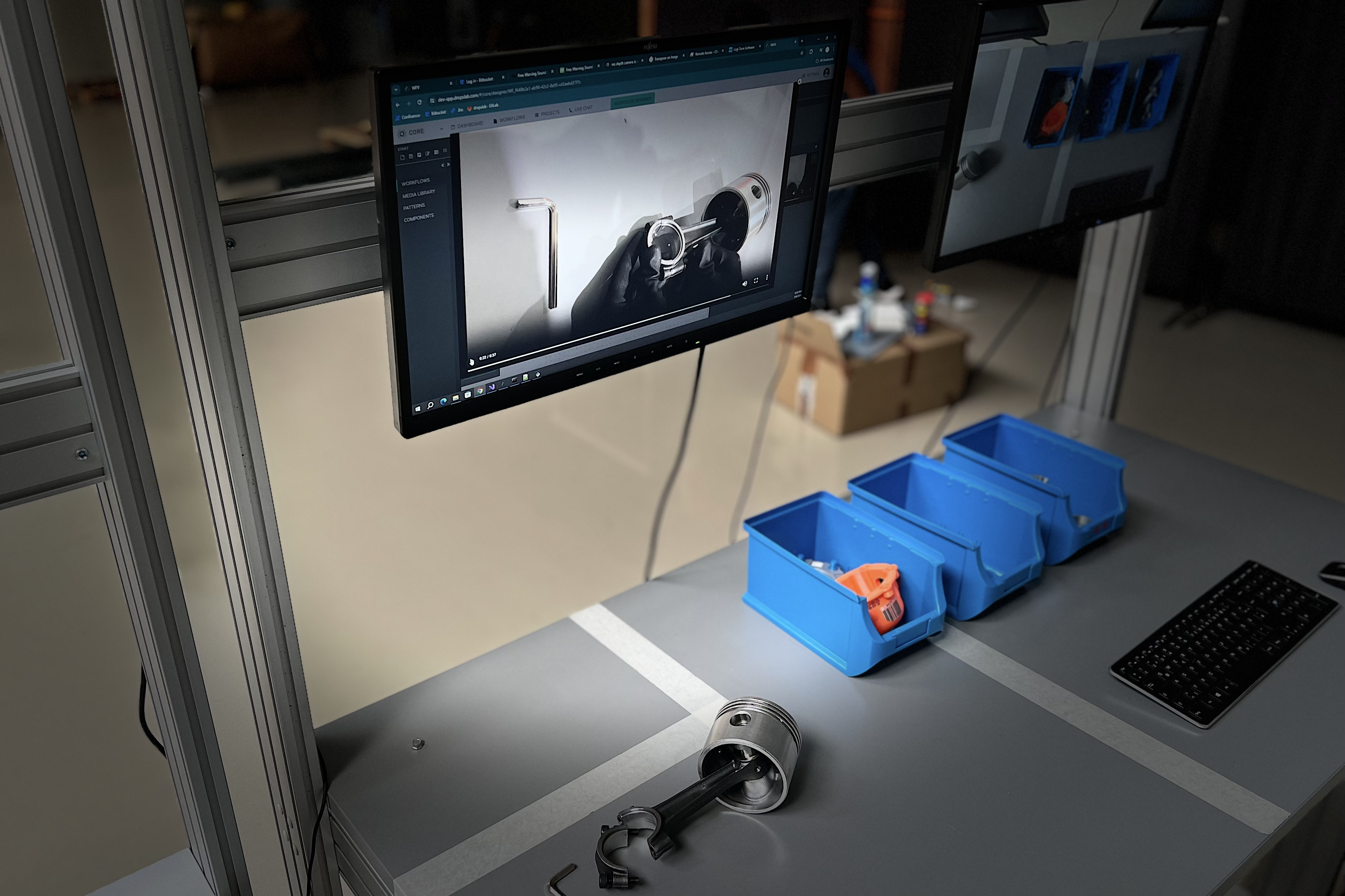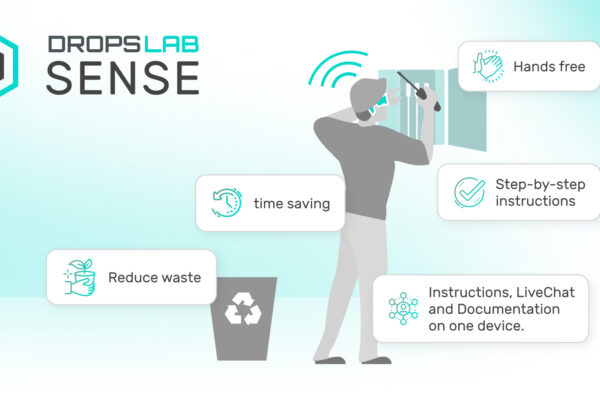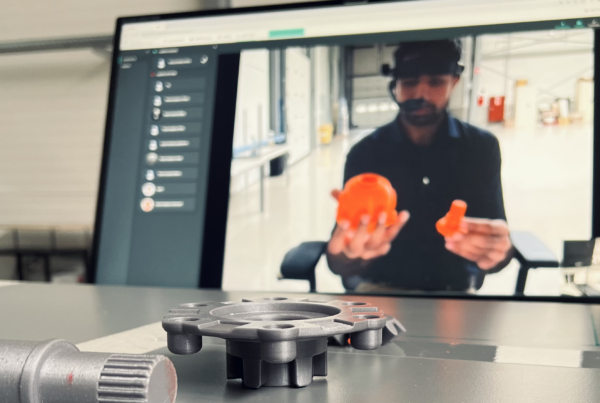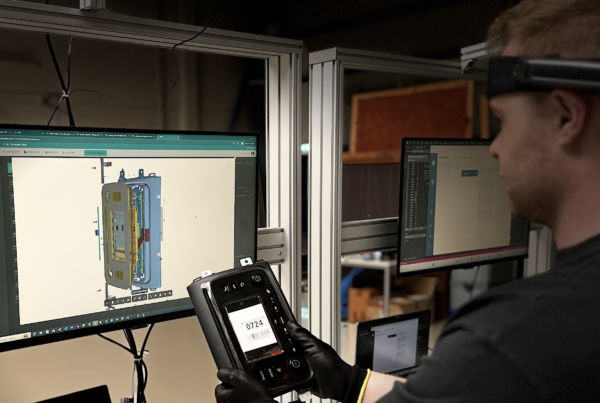Introduction
The ability to connect and communicate with one another is very critical in today’s manufacturing. With the integration of smart devices, industrial IoT, and other connected machines, industries now require smooth and continuous communication between processes and equipment without human effort.
In the past, manufacturing systems involved machines and control units being located under a complex web of physical wires for monitoring and controlling processes which was very difficult to maintain and set up. Today, most industries solve this problem with the help of Programmable Logic Controllers (PLCs). Instead of linking each machine to a separate control unit, the industries can link machines to PLCs. This results in smoother and more efficient processes in the entire manufacturing business.
This article discusses some essential features of PLCs in automating industrial processes, their benefits, and how they work, along with the basic features that need to be considered when selecting a PLC in the manufacturing sector.
What are PLCs?
It is a programmable logic device that can be customized to answer specific requirements. A PLC is built to conduct specific operations upon receiving inputs, following previously established logic. PLCs are widely used in commercial and industrial activities, such as in manufacturing plants, offices, railroads and airports.
They are actively used for the control of industrial processes and systems, PLCs are progressively replacing traditional relay logic systems, which apply relatively sophisticated electrical wiring. Relay-based systems pose significant limitations in terms of configurability and maintenance. If any modifications are needed, extensive rewiring is required, and troubleshooting failures demand manual inspection, which can be time-consuming and costly.
Solid-state electronics and microchip technology have made it possible for PLCs to use software logic instead of relay-based logic, which makes configuration and troubleshooting processes significantly easier. Additionally, PLCs are built to withstand extreme industrial environments, making them suitable for contemporary manufacturing.
How Programmable Logic Controller (PLCs) Work?
A PLC consists of three main components, which are listed as follows:
- input module
- central processing unit (CPU)
- output module
These components work together in unison to carry out automation operations. A connected computer is used to program the CPU, which needs logical instructions for data processing. The automation modules’ requirements determine the connections between the equipment and sensors to the input and output modules. Often, input modules have human-machine interfaces (HMIs) incorporated for better usability.
When turned on, the PLC never stops receiving input from sensors and equipment. Then, using the logic within its memory, it processes this information and sends commands to the output module to run the machines. PLCs can be used to control a single machine and also to handle complex processes like regulation of temperature, safety systems, and even automated workflow for production in the industrial environment.
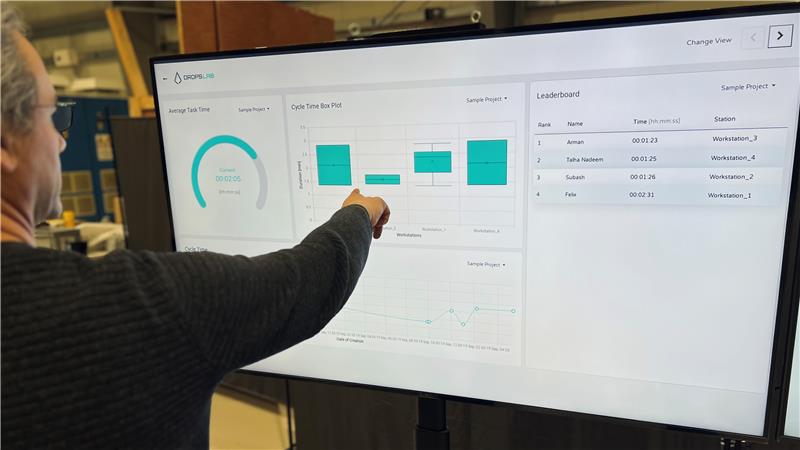
Benefits of Using PLCs
As plants integrate a greater amount of machinery and automation, PLCs have become crucial to improving productivity, reliability, and safety. Below are some of the major benefits of PLCs:
- Ease of Programming
Manufacturers are able to adjust automation functions in PLCs according to their demands because PLCs can be programmed in a simple coding language, as opposed to relay logic systems with their complex physical wiring.
- Adaptable Systems
Over time, most production processes will need to change in some way or another. With PLCs, modifications can be done through software logic changes instead of extensive rewiring which saves time in manufacturing processes. This helps manufacturing operational flexibility and minimizes the downtime needed.
- Improve Reliability
Electromechanical systems are vulnerable to wearing out and failing because standard relay-based systems are heavily reliant on physical wiring. Through the use of software-based control and solid-state components, PLCs dramatically reduce the chances of loosed wiring and guarantee consistent operational performance.
- Faster Response Time
There are a few manufacturing processes that need immediate responses to situations and conditions that change on the spot. PLC can easily process the input data and execute control commands, allowing production processes to remain steady and efficient. When a machine overheats, the PLC can trigger a shutdown instantaneously to prevent further damage.
- Rugged and Durable Design
PLCs are created to sustain certain industrial conditions such as dust, heat, and vibrations. Their robust design guarantees that they will last and function well even in harsh factory environments for a long time making them beneficial in manufacturing and other industries.
Factors to Consider When Choosing PLCs
Automated industrial PLC selections require careful scrutiny of critical components to ensure that systems work optimally and that there is seamless integration with existing systems. These components include the following:
- System Compatibility
Ensure that the PLC can work properly with the existing power voltage, communication procedures, and power supply equipment. In addition, the existing equipment that will be used in the factory must also be taken into consideration.
- Processing Speed
The higher the PLCs processing speed, the higher the execution pace of various control commands and in turn, reduce the production delays. Ensure that the PLC’s CPU can effectively handle all the automation processes being executed.
- Amount of Input and Output Ports
Different devices come with a certain quantity of input and output ports that allow easier connection of devices. Suitable ports enable a smoother interaction with a sensor, actuator, and other devices used in the industry.
- Analog I/O Capability
Some PLCs need to be analogue signal-ready to accommodate processes that require changeable control, for instance, temperature or pressure sustenance. Choosing a PLC best fitted to an industry’s invariable automation tasks is essential.
- Durability and Environmental Resistance
Considering the fact that industry PLCs are fitted close to industry machines, they should withstand severe dust, moisture, and high-temperature environments. Picking up a sturdy PLC enhances productivity in difficult situations.
Conclusion
Programmable logic controllers are critical to the automation of most industries because they allow plants to be more efficient, flexible, and dependable in their manufacturing processes. PLC’s responsiveness is several times greater than the older control relay systems because of its substantially greater programming sophistication and high speed. With the PLC devices knowing how to work is not enough. Several important aspects must be considered when deciding to adopt these devices. With the industry transforming, PLCs will continue to form the foundation of modern industrial processes to bring automation and effectiveness to a new level.
1. What is the core function of a PLC?
A PLC is built to control mechanical operations through the reception of input signals, analyzing the programmed logic, and sending control signals to output devices for the equipment and machinery.
2. In what ways is PLC different from a relay-based system?
PLCs do not require extensive physical wiring, unlike relay-based systems. PLCs are simpler to maintain and reconfigure, as well as more flexible due to the software-based logic.
3. Are PLCs applicable in non-industrial uses?
Indeed, PLCs are used in an assortment of non-industrial uses such as building management systems, transportation systems, and energy systems.
